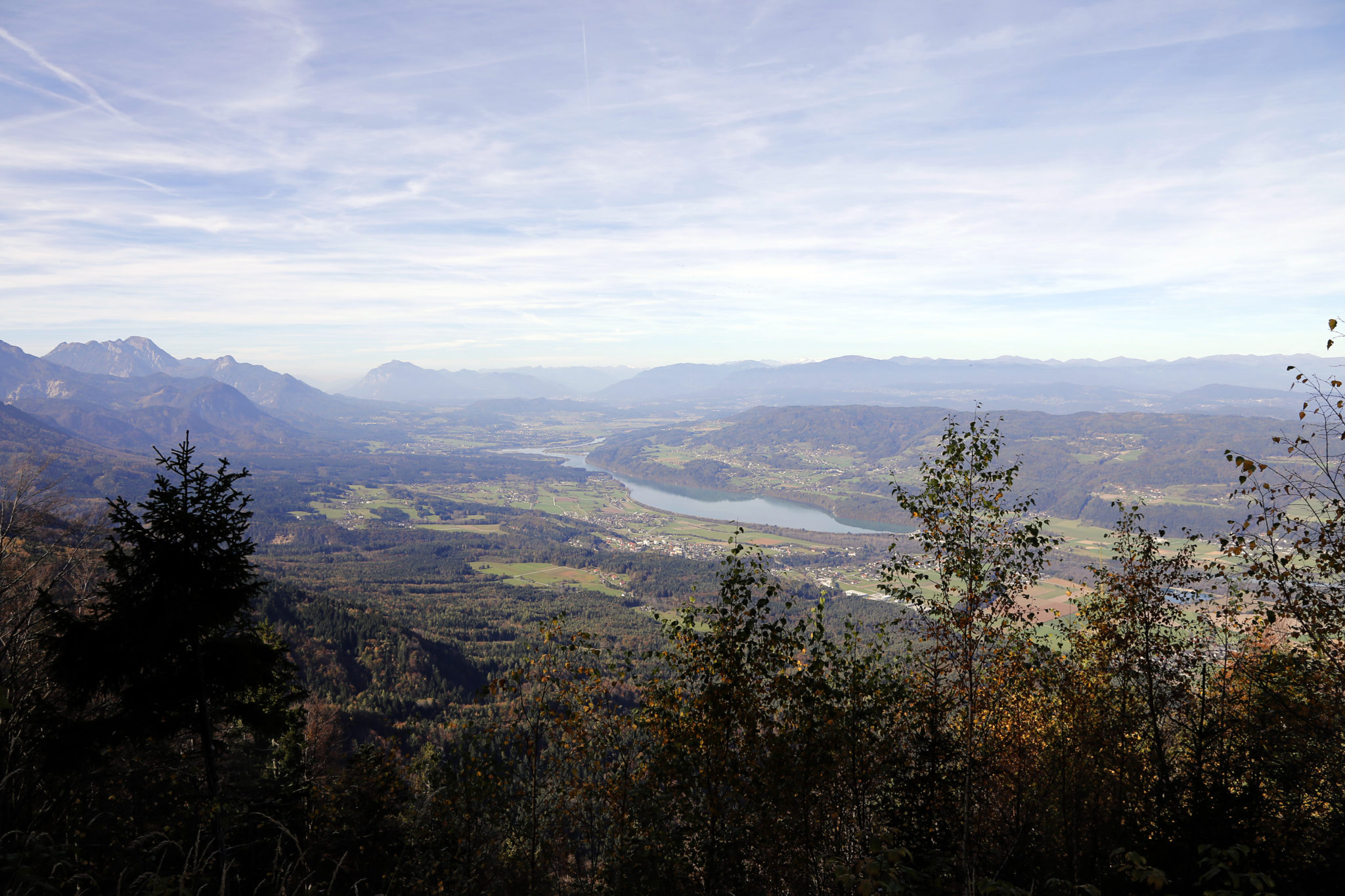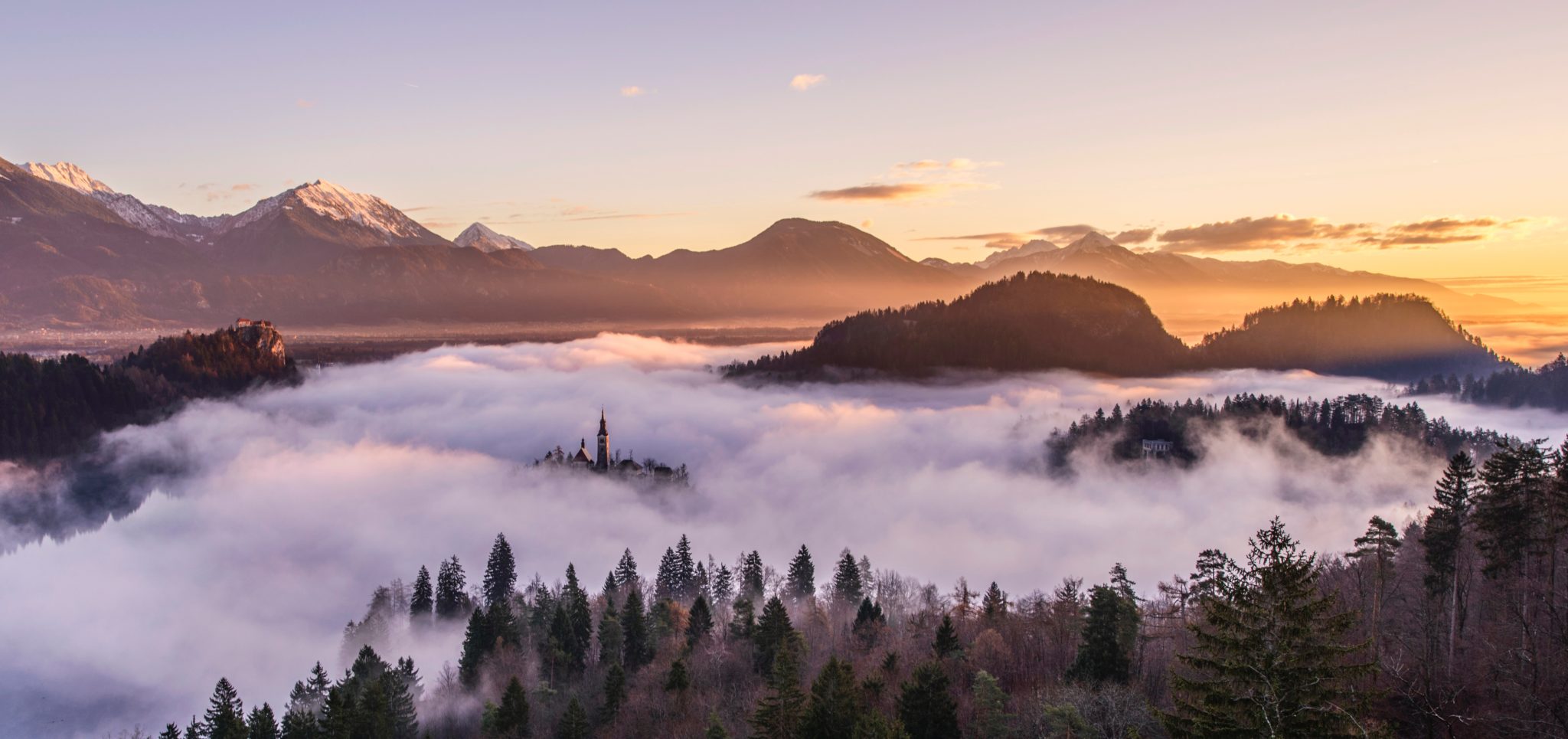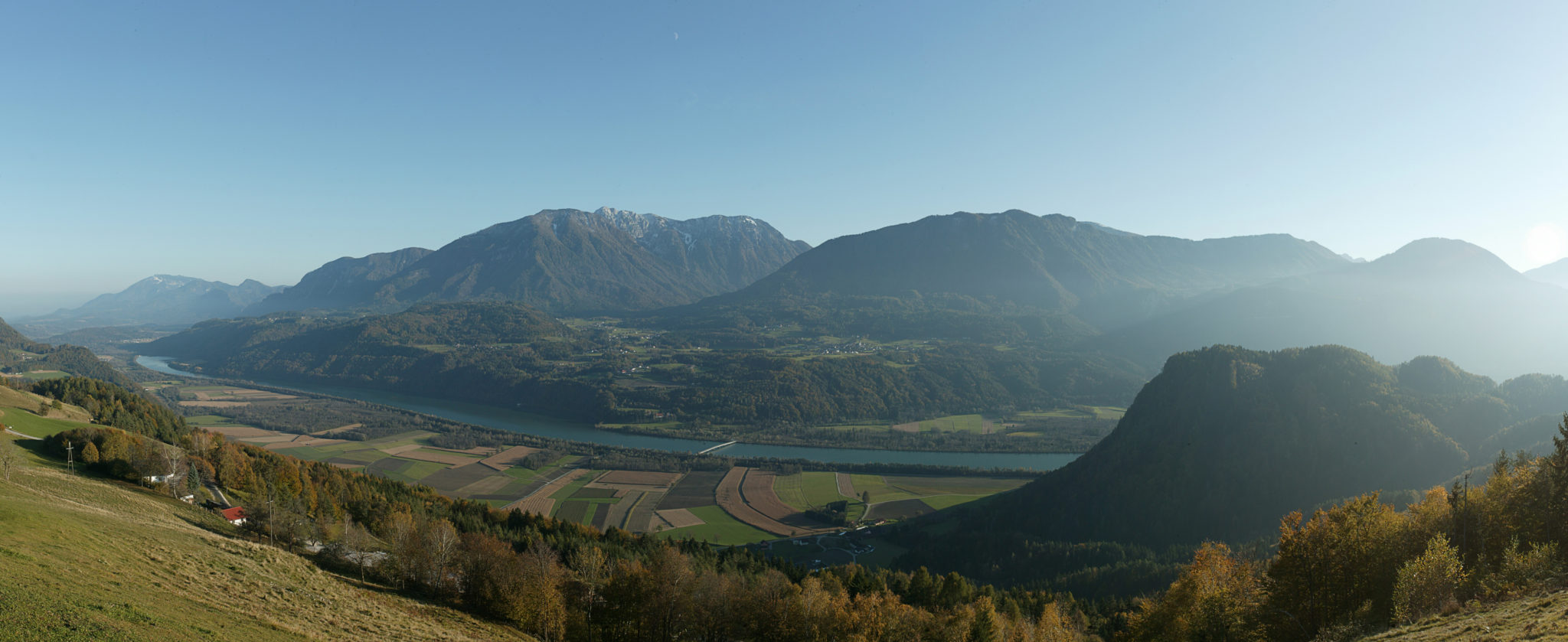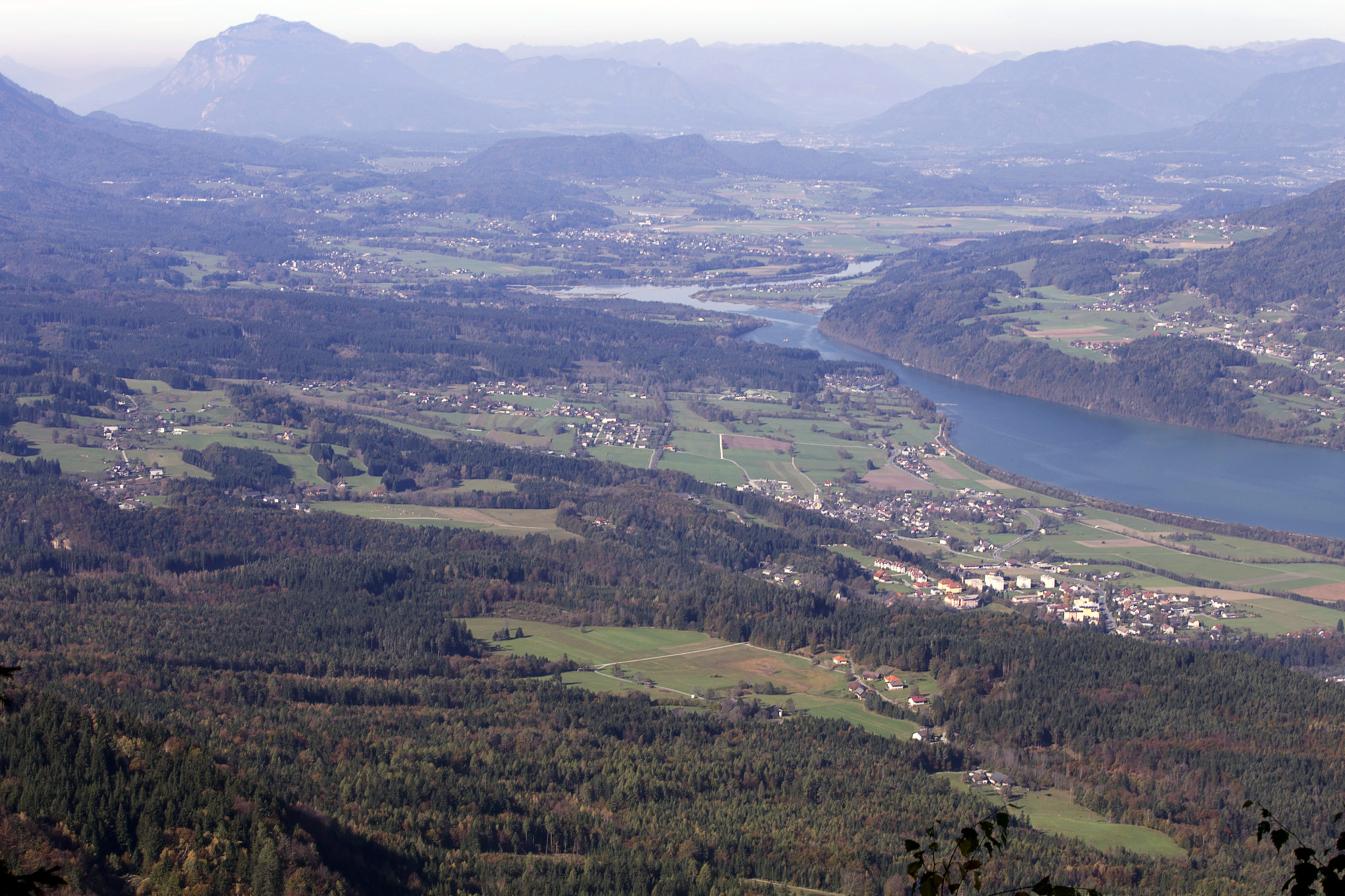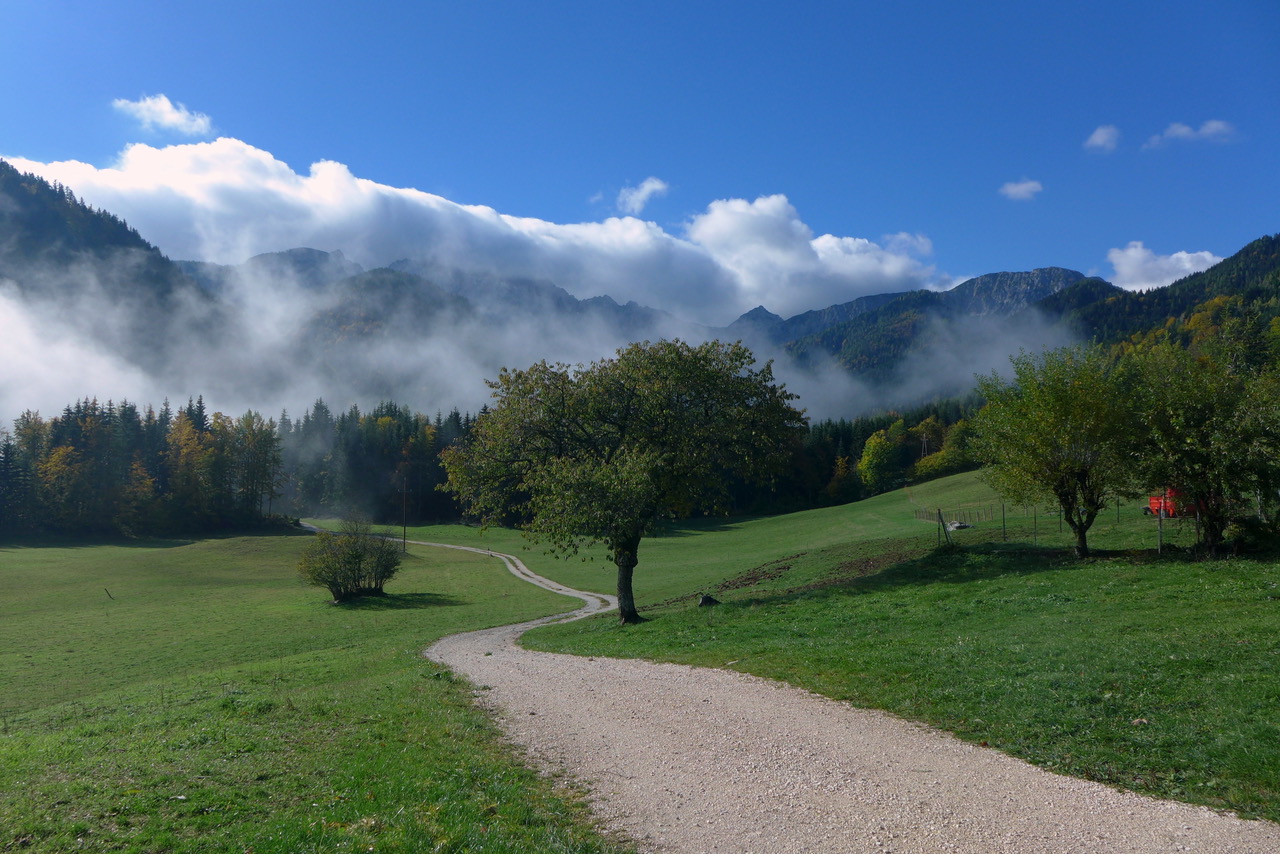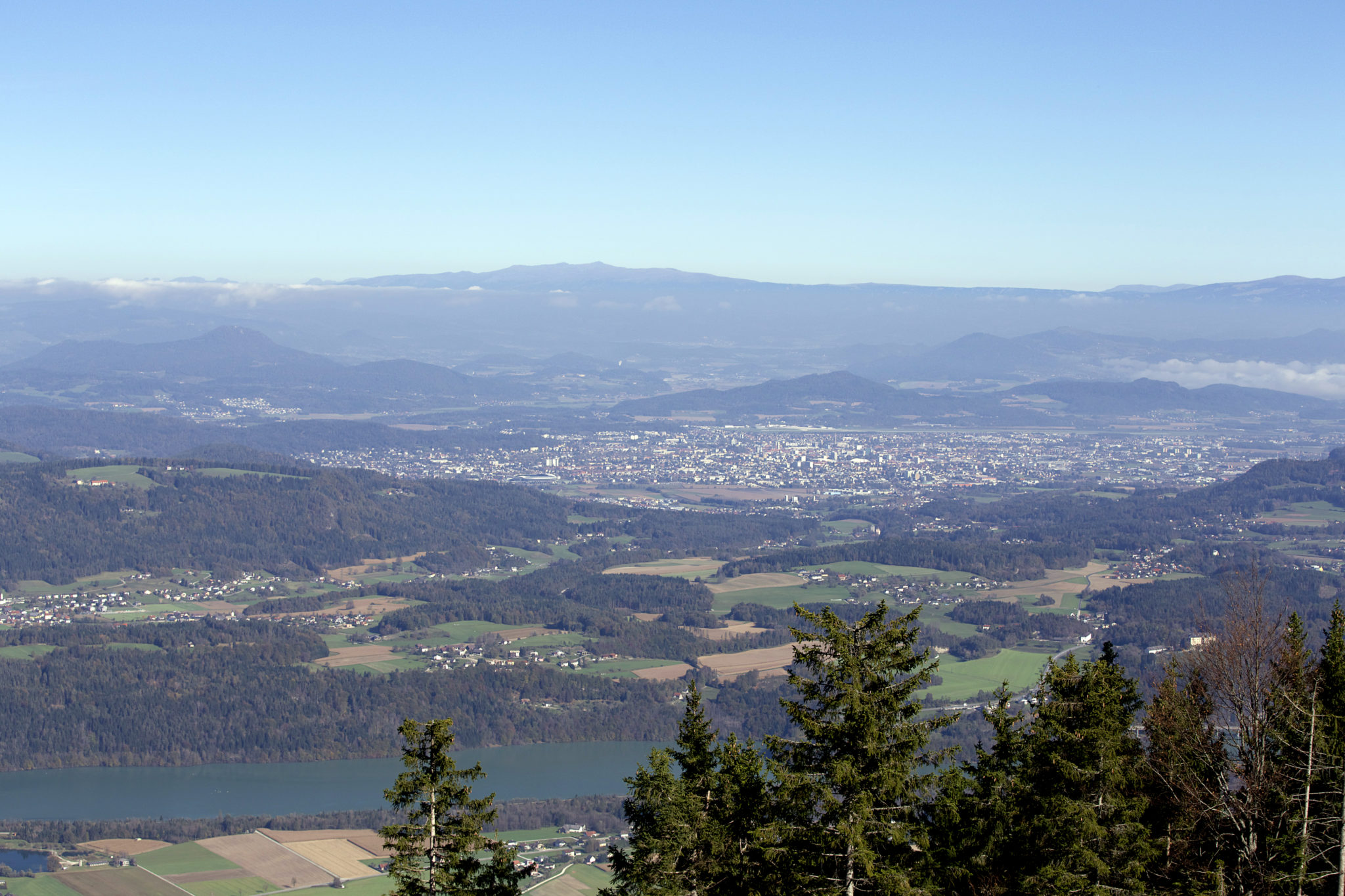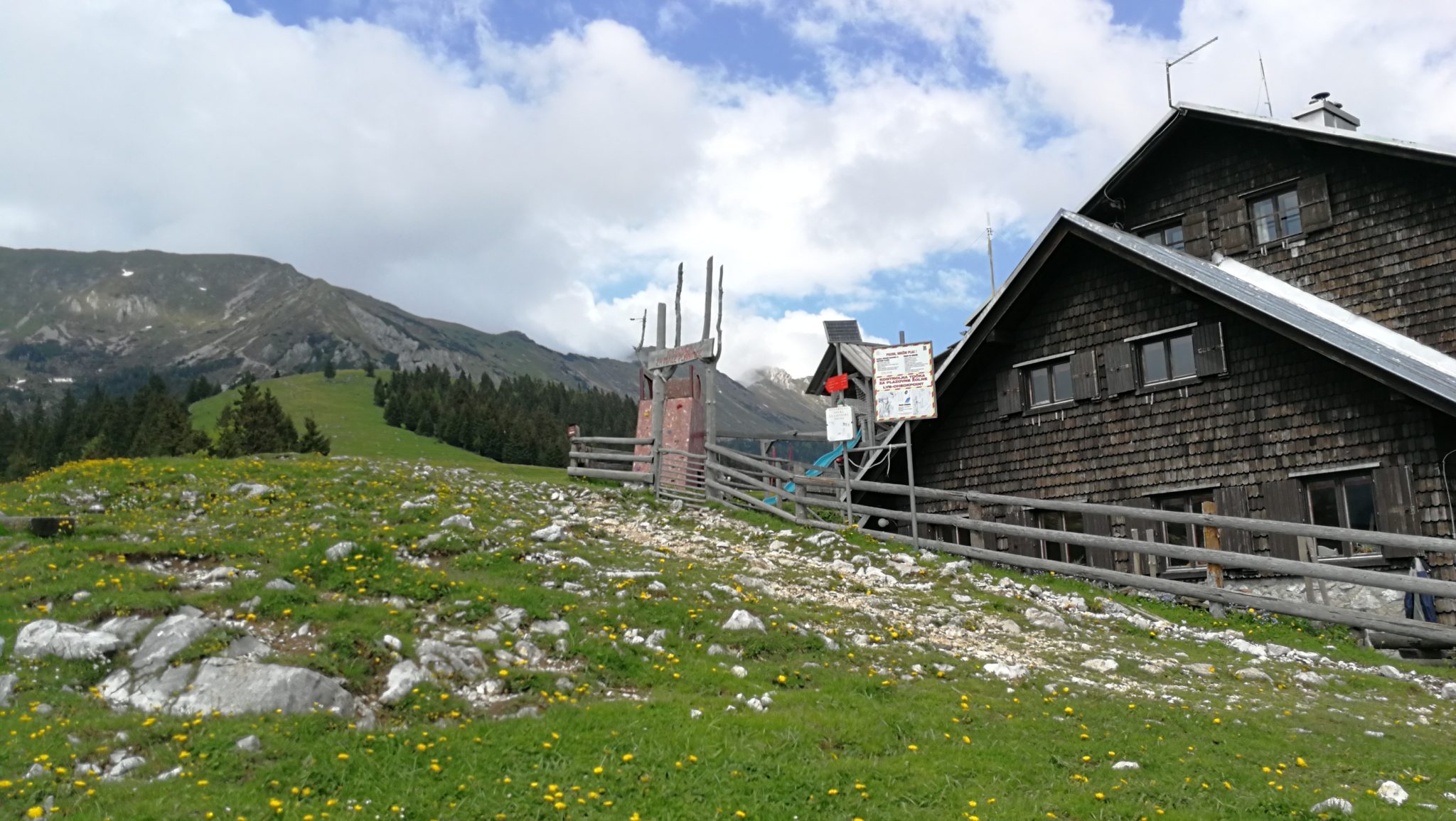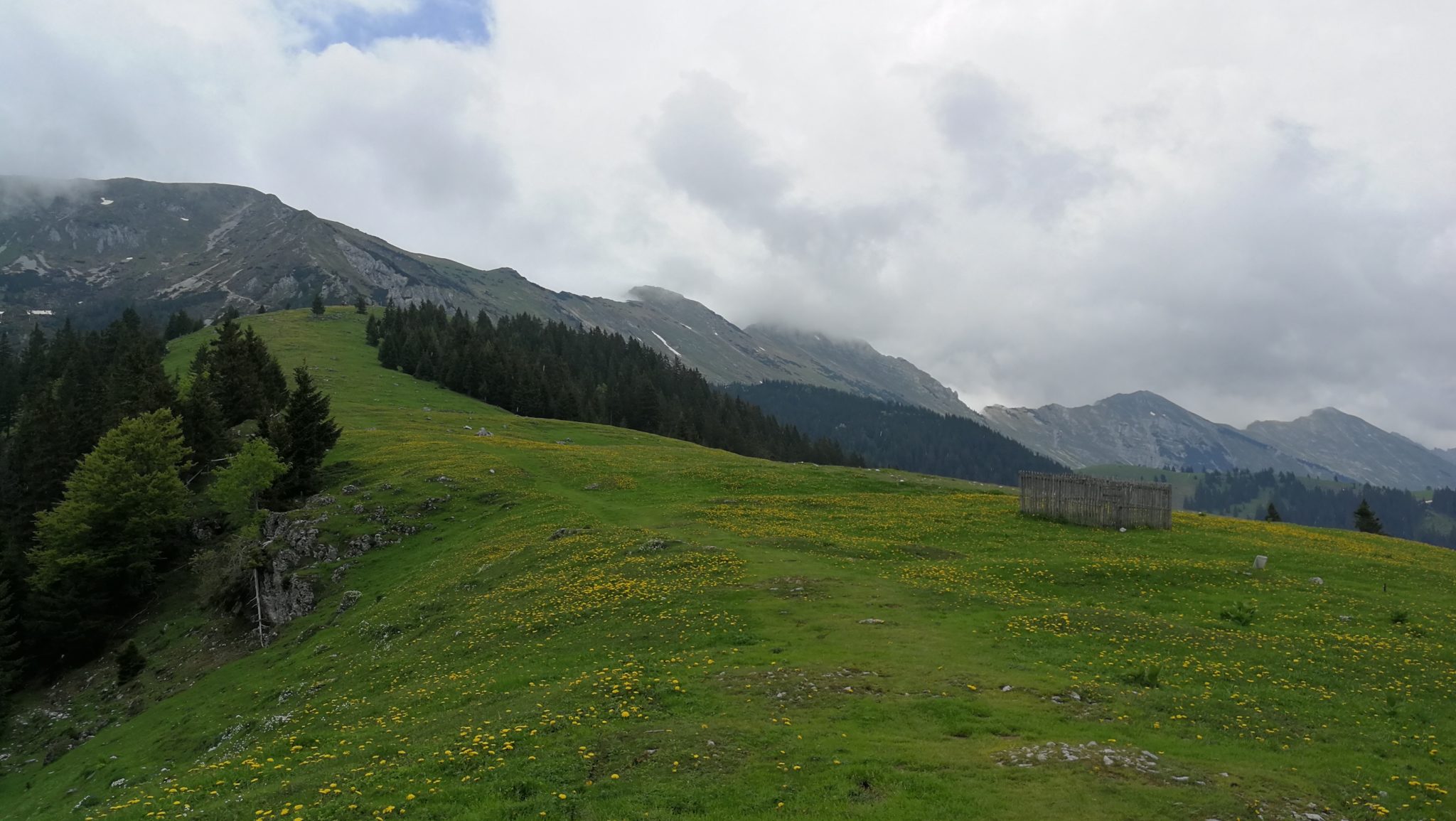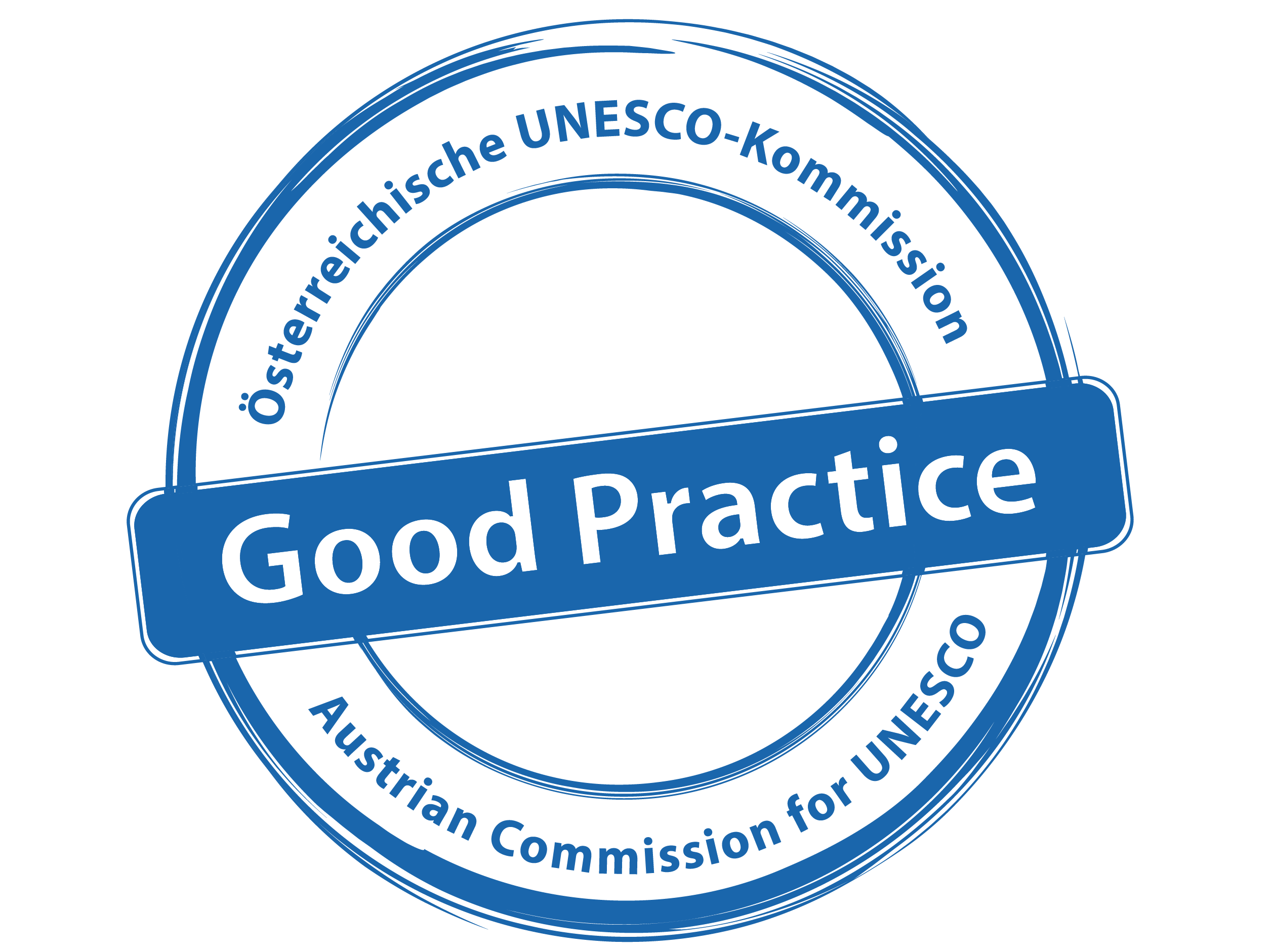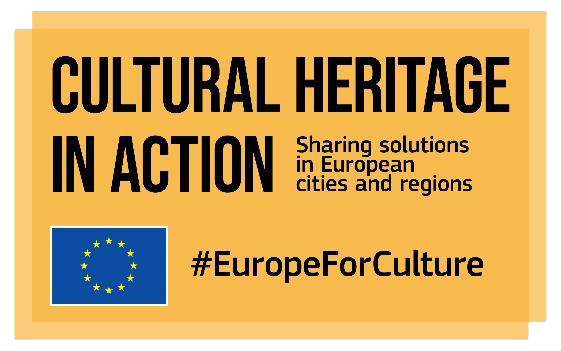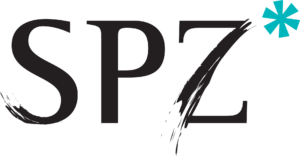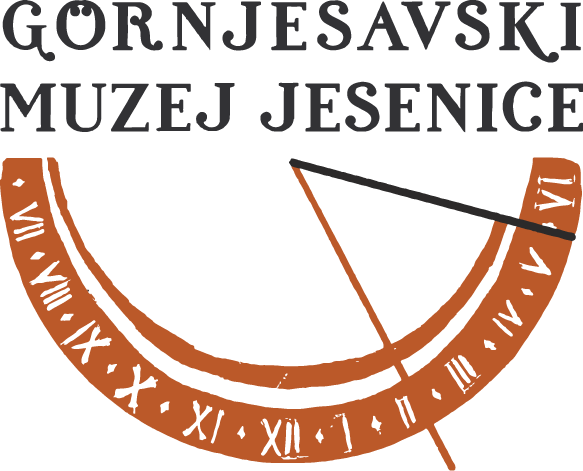Project summary
In the cross-border European project FLU-LED (2011–2015), project partners from the southern Koroška (Carinthia) and Zgornja Gorenjska (Upper Carniola) regions - the Slovene Cultural Association (Slovenska prosvetna zveza) as the leading partner and the Christian Cultural Association (Krščanska kulturna zveza), Upper Gorenjska Development Agency (Razvojna agencija Zgornje Gorenjske ) and Upper Sava Museum at Jesenice (Gornjesavski muzej Jesenice) as the project partners - combined their experiences in collecting and transcribing oeconyms and choronyms and established FLU-LED, a joint cross-border cultural portal of oeconyms and choronyms. A publication titled Methods for collecting oeconyms and choronyms was issued in collaboration with linguists and dialectologists from the Fran Ramovš Institute of the Slovenian Language (Inštitut za slovenski jezik Frana Ramovša ZRC SAZU) and the Slovene Ethnographic Institute of Urban Jarnik (SNI Urban Jarnik) as a tool to aid the collection process.
The main reason for relinquishing old oeconyms and choronyms that were passed on in the original dialect from one generation to the next lies in modern social processes; they led to abandonment of farms in the countryside, urbanisation of settlements and introduction of agricultural mechanisation. Since oeconyms and choronyms reflect the region’s historical and linguistic development,a joint cross-border electronic map combining names from all municipal maps printed so far is important for preserving the intangible, linguistic and cultural heritage of the southern Koroška and upper Gorenjska regions. So far over 12,500 names have been recorded in total on 15 printed maps, from which there were around 5500 choronyms and around 3,700 oeconyms; all printed maps are also published on the webpage.
Desiring that the collected names be used for private as well as cultural, tourist and scientific purposes, they are available to everyone, can be updated, downloaded to a computer or used for further scientific research. Visitors to the webpage can hear the pronunciation in the local dialect thanks to the sound recordings of some of the original names. In the Koroška region, names are preserved in the Rosen Valley dialect, Gail Valley dialect, Jaun Valley dialect and Ebriach dialect. In the Gorenjska region, the Gail Valley dialect also spoken in the Canale Valley, and the Jaun Valley dialect which extends over the border to the Mežica Valley are preserved, in addition to the Gorenjska dialects from the Upper Sava valley.
Numerous researchers recorded and published oeconyms and choronyms in the 20th century. At the end of the century, Jozi Pack from Trabesinje in Kotmara vas documented the names in Rož and recorded them in a localised manner onto wall maps. In the 21st century, dialectal names are collected by project partners, cultural societies, interest groupings and collectors, experts in the local economic and cultural history and the local dialect and accent. In the southern Koroška region nine cultural societies participated in collecting the names with the help of 25 volunteers who were not paid for their work. They visited around 600 people and issued nine printed maps in eight municipalities.
Choronyms that are still preserved today were known only to their owners and so they no longer reflect the fundamental characteristics of the natural space modified by humans to obtain goods needed for their survival. Oeconyms stemming from Christian names, names of occupations or activities, choronyms or local names, the owner’s last names or nicknames are better known and were being used prior to the existence of land registers. Family names, names of settlements and villages developed from oeconyms that include historic details of a settlement or homestead.
In the Gorenjska region, the first initiatives for collecting oeconyms appeared in 2005 in the Dovje and Mojstrana area. Later on, the initiative expanded to the entire Gorenjska region under the management of the Upper Gorenjska Development Agency (Razvojna agencija Zgornje Gorenjske) and included 22 Gorenjska municipalities by the end of 2018; around 10,000 oeconyms were collected, 6,000 homesteads marked with plates and 44 booklets on house names were published. Within the FLU-LED project, the Slovenian partners - Upper Gorenjska Development Agency (Razvojna agencija Zgornje Gorenjske ) and Upper Sava Museum at Jesenice (Gornjesavski muzej Jesenice) collected choronyms in the area of three Gorenjska municipalities and research is continuing in Bohinj.
Two independent initiatives for issuing printed maps arose concurrently in 2008 in Sele and Kotmara vas. The farmers’ interest grouping from Sele published the map to combine marketing of the farmers’ products and preserving old house names; SNI Urban Jarnik arranged them for their inclusion on the map. SPD Gorjanci issued the first “classical” map of choronyms and oeconyms and collaborated with eight neighbouring societies for the publication of the maps. At the end of 2009 SNI Urban Jarnik called on both initiators to nominate the Slovenian choronyms and oeconyms in the Koroška region to Unesco’s List of Intangible Cultural Heritage in Austria which were indeed included in 2010. Inclusion into the list promoted the production of several new maps.
The Austrian Commission for UNESCO is responsible for the preparation of the Austrian national list of Intangible Cultural Heritage in Austria with which UNESCO promotes the preservation of living heritage. The latter is also responsible for implementing the Convention for the Safeguarding of Intangible Cultural Heritage that was ratified by Austria in 2009. Slovenia ratified the convention in 2008; the Coordinator for the Safeguarding of the Intangible Cultural Heritage and the Slovenian Ministry of Culture are responsible for its implementation. The main goals of the convention are: safeguarding the intangible cultural heritage, ensuring its observance, transfer of cultural practices to the younger generation, and strengthening of collaboration and support on the local, national and international level.
